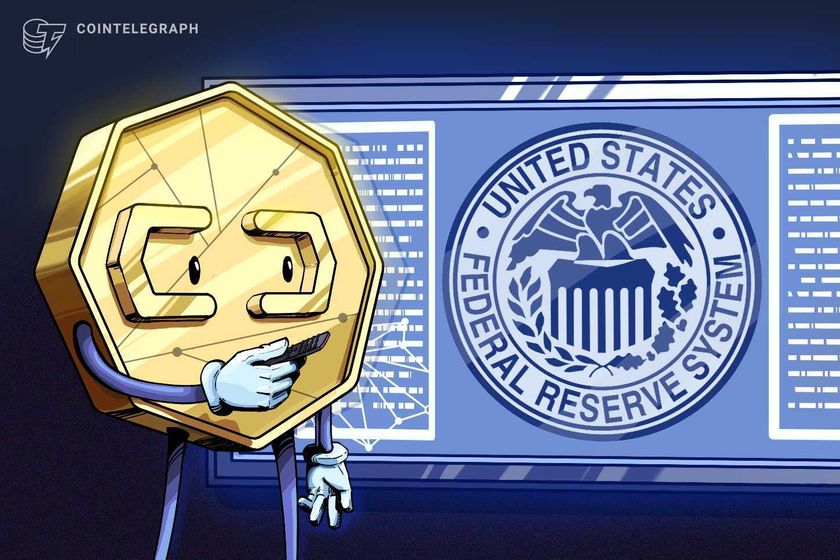Oracle Insiders Cash Out as AI Boom Sends Stock Soaring 70%
TLDR
- Oracle co-CEO Clay Magouyrk sold 40,000 shares worth $11 million on October 21, 2025, at $276.64 per share
- Executive VP Maria Smith sold 10,000 shares across two transactions totaling $2.8 million at around $280 per share
- Director Jeffrey Berg filed notice to sell 43,365 shares on October 28, 2025
- Oracle stock has risen over 70% in 2025, driven by growth in cloud computing and AI services
- The company now competes directly with Microsoft and Amazon in providing computing power for AI workloads
Oracle executives have sold millions of dollars in company stock during October 2025. The sales come as the software company’s stock price has climbed more than 70% this year.
Clay Magouyrk, who became co-CEO in September, sold 40,000 shares on October 21. The transaction was worth approximately $11 million at an average price of $276.64 per share.
Oracle Corporation, ORCL
After the sale, Magouyrk still directly owns 154,030 shares. Based on the stock’s closing price of $283.33 on Friday, his remaining holdings are valued at $43.6 million.
Maria Smith, the company’s executive vice president and chief accounting officer, made two separate sales. On October 21, she sold 5,000 shares at $280 each.
Two days later, Smith sold another 5,000 shares at approximately $280.62 per share. Her total sales amounted to about $2.8 million.
Smith now directly owns 47,083 shares worth $13.3 million at Friday’s closing price. Both executives sold restricted stock units that had vested at earlier dates.
Restricted stock units convert into company shares or cash once recipients meet ownership requirements. Until then, they hold no monetary value.
Director Plans Additional Sale
Director Jeffrey Berg filed a Form 144 with the SEC on Thursday. The filing indicates his intent to sell 43,365 shares on October 28.
Oracle has benefited from the artificial intelligence boom through its cloud computing services. The company competes with Microsoft and Amazon to provide computing power for AI workloads.
Stock Performance in 2025
The stock jumped 24% in September alone. The benchmark S&P 500 index gained only 3.5% during the same period.
For the full year 2025, Oracle shares have risen more than 70%. The S&P 500 has increased 15% by comparison.
Oracle is valued at nearly $800 billion. The stock currently trades with a price-to-earnings ratio of 65.
Larry Ellison co-founded Oracle and served as CEO before becoming chief technology officer in 2014. The billionaire remains a prominent figure associated with the company.
Oracle’s strategic shift to cloud computing has driven its recent growth. The company has positioned itself as a major player in infrastructure for demanding AI applications.
Berg’s planned sale of 43,365 shares on October 28 represents the most recent executive stock activity.
The post Oracle Insiders Cash Out as AI Boom Sends Stock Soaring 70% appeared first on CoinCentral.
You May Also Like

Federal Reserve expected to slash rates today, here's how it may impact crypto
Market participants are eagerly anticipating at least a 25 basis point (BPS) interest rate cut from the Federal Reserve on Wednesday. The Federal Reserve, the central bank of the United States, is expected to begin slashing interest rates on Wednesday, with analysts expecting a 25 basis point (BPS) cut and a boost to risk asset prices in the long term.Crypto prices are strongly correlated with liquidity cycles, Coin Bureau founder and market analyst Nic Puckrin said. However, while lower interest rates tend to raise asset prices long-term, Puckrin warned of a short-term price correction. “The main risk is that the move is already priced in, Puckrin said, adding, “hope is high and there’s a big chance of a ‘sell the news’ pullback. When that happens, speculative corners, memecoins in particular, are most vulnerable.”Read more

Shiba Inu’s (SHIB) Price Prediction for 2025 Points to 4x Growth, But Mutuum Finance (MUTM) Looks Set for 50x Returns
